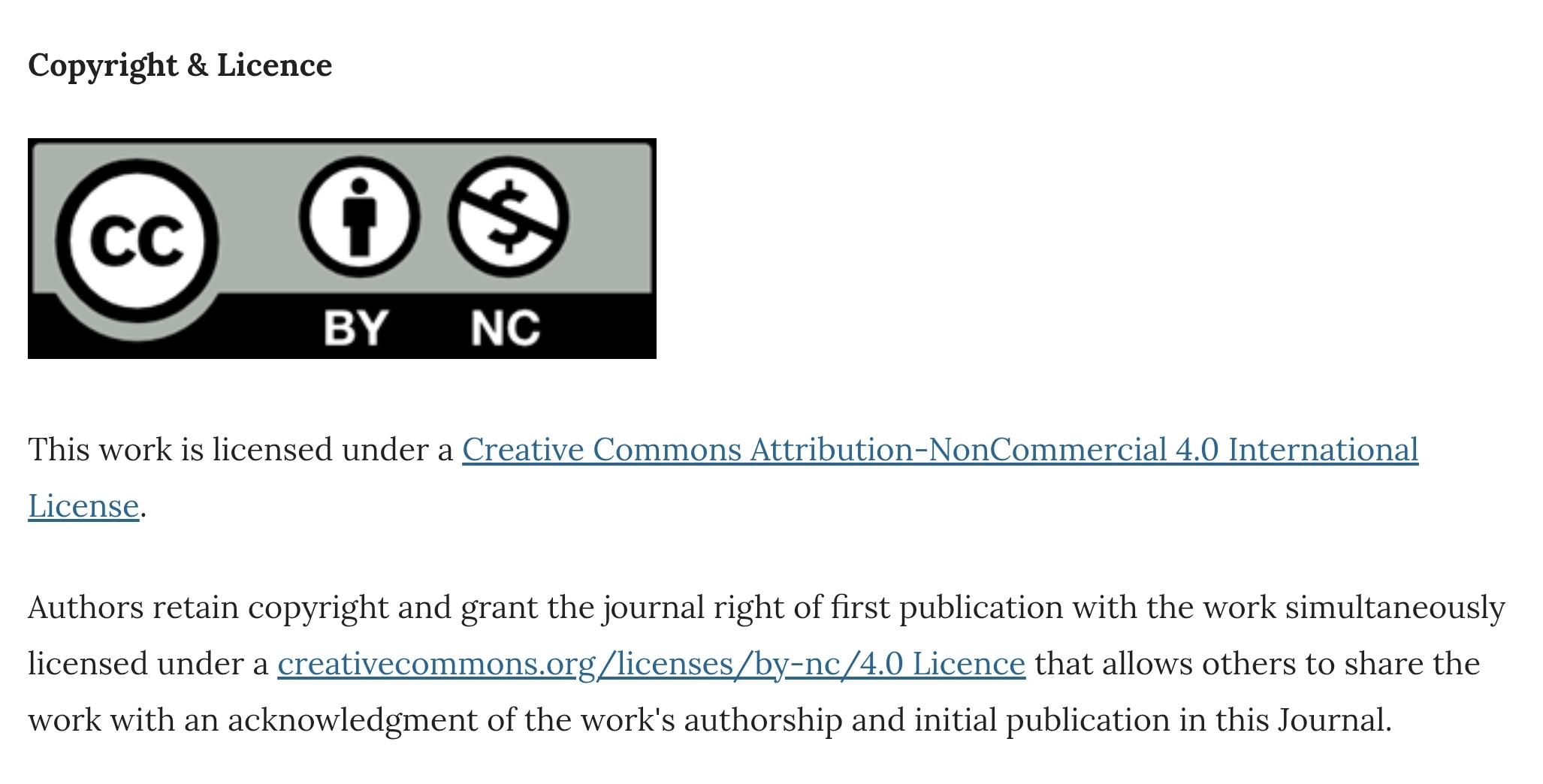Sample size estimation in research: Necessity or compromise?
DOI:
https://doi.org/10.30834/KJP.37.1.2024.463Keywords:
Sample size estimationAbstract
An adequately powered sample is essential for accurate parameter estimation and meaningful significance testing. It is important to balance sample size with practical considerations such as cost and feasibility. Sample size calculation is guided by key factors such as effect size, variability, power, and significance levels. While complex formulas and software aid precision, practical rules of thumb and strategies can also be used effectively. Transparent documentation of the rationale and methods used for sample size calculation is vital for ensuring reproducibility.
Downloads
References
Califf RM, Zarin DA, Kramer JM, Sherman RE, Aberle LH, Tasneem A. Characteristics of clinical trials registered in ClinicalTrials.gov, 2007-2010. JAMA 2012;307:1838–47.
Schuster R, Kaiser T, Terhorst Y, Messner EM, Strohmeier LM, Laireiter AR. Sample size, sample size planning, and the impact of study context: systematic review and recommendations by the example of psychological depression treatment. Psychol Med 2021;51:902–8.
Christogiannis C, Nikolakopoulos S, Pandis N, Mavridis D. The self-fulfilling prophecy of post-hoc power calculations. Am J Orthod Dentofacial Orthop 2022;161:315–7.
Machin D, Campbell MJ, Tan SB, Tan SH. Sample sizes for clinical, laboratory and epidemiology studies. 4th ed. New York: Wiley-Blackwell; 2018.
Roscoe JT. Fundamental research statistics for the behavioral science. International series in decision process. 2nd Edition. New York: Holt, Rinehart and Winston; 1975.
O’Hara J. How I do it: sample size calculations. Clin Otolaryngol 2008;33:145–9.
Staner L. Surrogate outcomes in neurology, psychiatry, and psychopharmacology. Dialogues Clin Neurosci 2006;8:345–52.
Suggested readings
Barclay DW, Higgins CA, Thompson R. The partial least squares approach to causal modeling: Personal computer adoption and use as illustration. Technology Studies 1995; 2(2): 285–309.
Gorsuch RL. Factor analysis, 2nd ed. New Jersey: Lawrence Erlbaum; 1983.
Green SB. How many subjects does it take to do a regression analysis. Multivariate Behav Res 1991; 26(3): 499–510.
Hatcher L. A step-by-step approach to using the SAS system for factor analysis and structural equation modeling. North Carolina: SAS Institute; 1994.
Kline RB. Principles and practice of structural equation modeling. New York: The Guilford Press; 2016.
Krejcie RV, Morgan DW. Determining sample size for research activities. Educational and Psychological Measurement 1970;30:607–10.
Lehr R. Sixteen S-squared over D-squared: A relation for crude sample size estimates. Stat Med 1992;11:1099–102.
Downloads
Published
How to Cite
Issue
Section
License
Copyright (c) 2024 Samir Kumar Praharaj, Shahul Ameen (Author)

This work is licensed under a Creative Commons Attribution-NonCommercial 4.0 International License.












